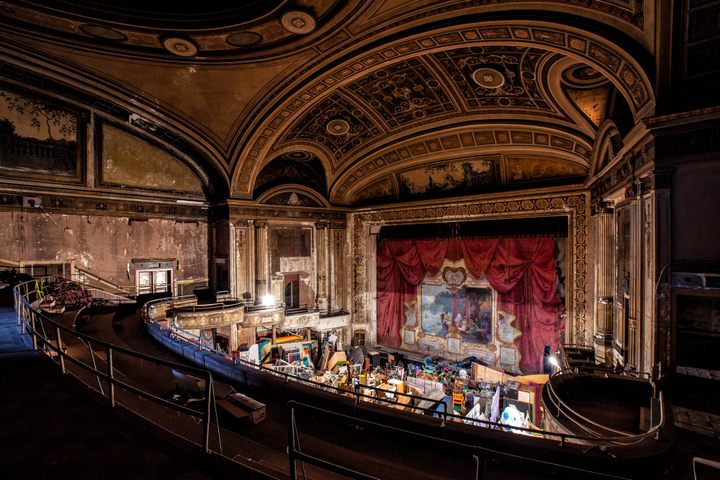
The American Theaters That Have Taken Their Final Bow
There may be no encore in store for these abandoned vaudeville halls and movie palaces.

Even in decay, RKO Proctor’s Theatre was magnificent. The skeletal framework of the proscenium arch loomed over the stage, the two steep balcony levels seemed impossibly high, and scraps of gorgeously painted plaster still clung to the ceiling and walls. For as tall and impressive as this theater was, there was yet another, smaller 1,400-seat theater perched on top of it, empty and silent for half a century.
When I had asked author, photographer, and theater historian Matt Lambros on a scale of one to ten, how hard it would be to get into the abandoned Newark theater, he thought for a minute and replied matter-of-factly “sixty-four.” He wasn’t lying. First, we had to make our way from a narrow ledge down caved-in concrete to the floor below us. Then we climbed back up again before finally making our way out through five-foot piles of jagged debris from the collapsing ceiling where the first-floor seating had once been. By the time we got there, I was exhausted, bruised, and filthy, but as I looked up at the cavernous 2,800-seat auditorium, I gasped.


The RKO Proctor’s Theatre (originally named the Proctor’s Palace Theatre) opened in 1915 as a vaudeville house. As entertainment tastes shifted to motion pictures, so did the programming, and by 1926, Proctor’s was exclusively showing films. Newark’s population was booming as immigrants flocked to the city for plentiful industrial jobs at factories that manufactured everything from carriages to celluloid. This surge in residents created a need for bars, department stores, and theaters—one of the most popular sources of entertainment at the time. In 1922, there were 63 live theaters and 46 movie theaters in Newark, and Proctor’s was located a block away from one of the busiest intersections in the United States.
After World War II, however, the cracks in Newark’s foundation were starting to show: More affluent residents left the city center aided by newly built highways that encouraged commuting. Tax incentives made abandoning factories in the city for freshly built ones outside Newark’s core an attractive option. Mortgages for purchasing or improving homes inside the city were stymied by redlining. Lack of political representation, poverty, and police brutality contributed to an environment of oppression and fear for the city’s Black residents. That boiled over into riots after a cab driver was severely beaten by two police officers in 1967. Proctor’s, struggling to remain solvent, closed a year later in 1968.

The fall of Proctor’s Palace, along with other grand movie houses in inner cities, reflects the first wave of theater closures in America. Thriving urban centers supported by factories and jobs were a fertile environment for the rapid construction of numerous expensive and hard-to-maintain venues that depended on continued economic growth to survive. White flight, deindustrialization, and poorly conceived urban renewal projects shattered downtown cores, which increasingly came to be perceived as crime-ridden and dangerous by the very people who had created the factors that fostered these traits. As the grand theaters reached a point of maturity where costly repairs and maintenance became necessary, they were also at their weakest point financially.
Some theaters, like the adjoining Poli Palace and Majestic Theatres in Bridgeport, Connecticut, showed adult films in an attempt to survive. Completed in 1922, the posh Beaux Arts theaters switched from vaudeville acts to movies and sat directly beneath a now-defunct hotel that once catered to performers and patrons. With a combined seating capacity of over 6,000, however, their very scale made attracting a large enough audience to sustain them impossible.

Others, like the Pacific 1-2-3 in Los Angeles, chopped up large auditoriums into smaller theaters so they could show more than one movie at a time. Built in 1928, the Pacific 1-2-3 was a feast of different architectural styles with painted landscapes between the arches and on the stage curtain. By the 1970s, attendance had dwindled and a floor was built extending from the balcony level to create two more screens upstairs, cutting patrons of the main theater off from the stars and clouds painted on the ceiling. While these changes helped to keep aging movie palaces open a few more years, they often still weren’t enough to keep the theaters solvent. As decades passed, dozens of vacant historic theaters were deemed eyesores and demolished. Some lucky ones managed to limp through the lean years and found a second life or were closed but later restored, like Brooklyn’s Kings Theatre.
The second wave of theater closures is taking place right now, as suburban multiplex cinemas that proliferated as a replacement for urban theaters falter. Far less architecturally impressive or significant, these theaters were often built onto mall properties and flourished, serving the very shoppers who had deserted the downtown cores of nearby cities. As malls face their own extinction-level crisis due to factors ranging from the rise of online shopping to the leveraged buyouts of anchor stores, tenant vacancies skyrocketed. Indoor shopping centers came to be regarded with the same fear of crime that plagued inner cities. For most potential patrons, going to see a movie at a dead mall’s theater is spooky, not welcoming. This dilemma is compounded by the popularity and accessibility of online streaming services, which have provided a low-cost alternative to rising ticket and concession prices.


Finally, the Covid-19 pandemic dealt a near-fatal blow to the industry. With ticket sales in the U.S. and Canada remaining “stubbornly below pre-Covid levels,” chains like Regal and AMC are floundering. Cineworld Group, owners of Regal, struggled through bankruptcy last year, and Metropolitan Theatres recently filed for bankruptcy. The world’s largest theater chain, AMC, had its stocks demoted to a junk designation due to roughly $4.5 billion in long-term debt. Upgrades like premium seats, advance ticketing, and full-year movie passes don’t seem to be helping change the perception that cinema chains are overpriced and inconvenient, especially compared to streaming platforms that show new films shortly after or even simultaneously with their theatrical release.
While the combined success of Barbie and Oppenheimer helped bail out some venues in 2023, as did Taylor Swift’s Eras tour concert film, there is growing unease that future movies won’t be able to replicate this theatrical pull. It seems a safe bet to predict that many more underperforming multiplexes will close, whether or not they’re tethered to ailing malls. The future for all theaters seems bleak. Perhaps the wildfire spreading through the cinema chains will strengthen the independently owned and operated art house theaters, drive-ins, and theater nonprofits that remain, but no one can predict who will survive.
For the RKO Proctor’s Palace Theatre, however, this turmoil is irrelevant. There is little to no chance that some angel investor will appear to save it, and time will likely continue to erode the structure until eventually the city of Newark finds the funds to demolish it. But still, I’d love to see it saved. Standing at the top of the balconies and looking down at the ragged screen far below me gave me vertigo. For someone who was born in an age of multiplexes that seem in comparison little more than shoeboxes with speakers, it’s hard to imagine watching a film in such a spectacular edifice. I tried to envision the battered auditorium full of people clamoring to catch the latest blockbuster, happily chatting with each other before the show. You can see the edges of it if you squint, but mostly when you stand in the theater now, you feel the void created by decades of silence.
I find myself frequently thinking about how we define progress. By some metrics, the ability to instantly choose from a bewilderingly large array of a century’s worth of films and watch it in the comfort of your own home theater setup is a luxury undreamt of by the patrons who came to Proctor’s on its opening night. But I can’t help but feel a sharp pang of jealousy that they were able to marvel at the opulent, 40-foot-high lobby—which was destroyed long ago for retail shops—before the show. We have all the movies now, or many of them at least, but the experience of seeing them with such an awe-inspiring backdrop is nearly gone. It’s up to us as we choose who to support with our entertainment budget in the future whether or not they disappear entirely.


For more on abandoned theaters, visit the galleries on Abandoned America or listen to my interview with Matt Lambros.
Matthew Christopher is a writer and photographer who has explored abandoned locations across the globe for two decades, chronicling the lost landmarks in our midst. You can find more of his work on his website Abandoned America or listen to his Abandoned America podcast.


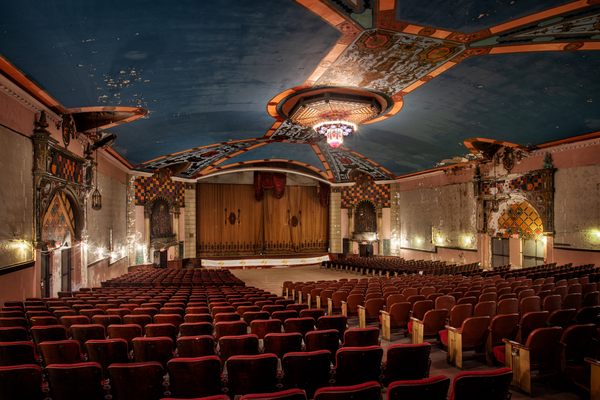
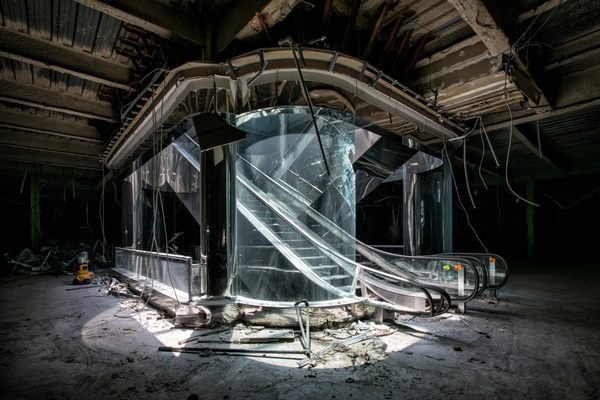
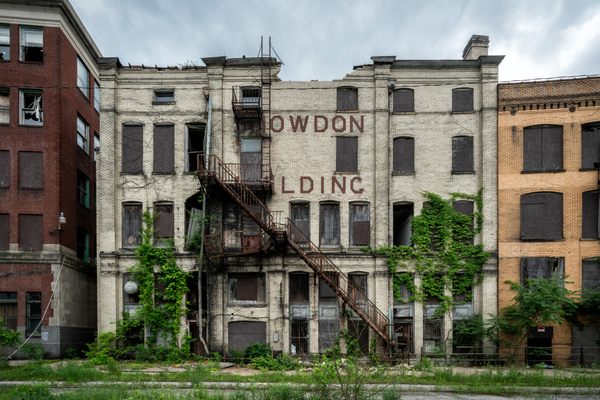
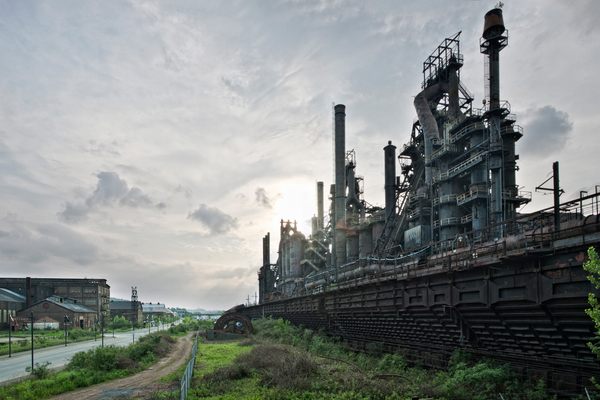



















Follow us on Twitter to get the latest on the world's hidden wonders.
Like us on Facebook to get the latest on the world's hidden wonders.
Follow us on Twitter Like us on Facebook